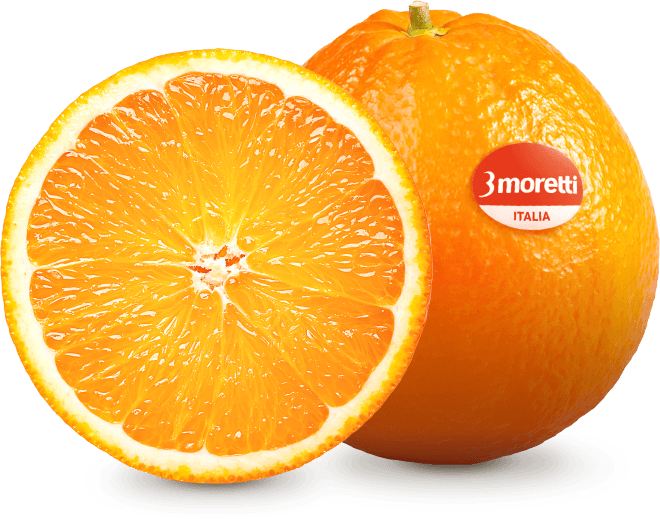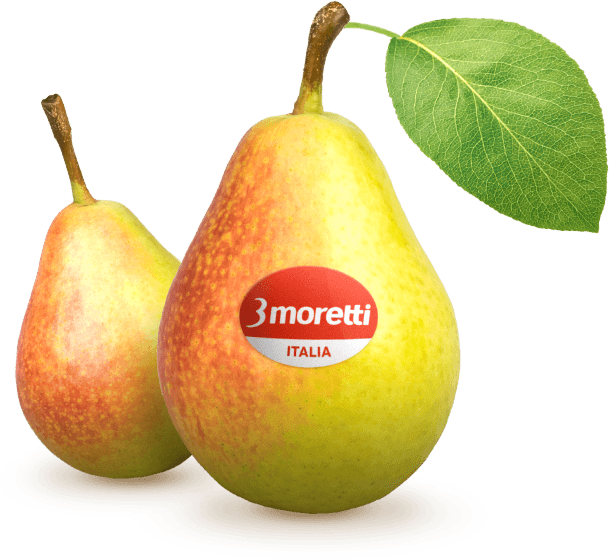How to recognise quality fruit: hints and tips
An eye for colour
One of the things that makes fruit irresistible is its colour. Yet sometimes, even though it is one of the first indicators that fruit is indeed of quality, it can be misleading.
The colour of the fruit should be uniform, bright, but not so bright that it looks “artificial”. Obviously, fruit that is too green or pale in colour will indicate that it has not yet reached the optimum point of ripeness, but there are exceptions.
For example, the tasty, crispy Coscia Pears are green in colour with a classic lighter, yellowish area and above all the famous “little red face”, but this does not mean that they are not yet ready to eat.
Doughnut Peaches, also a Sicilian speciality, have a short ripening cycle. This is why they are harvested just before they are fully ripe and should be eaten within 2-3 days of purchase.
In addition, it is good to check that the skin is free of bruises that could compromise the preservation of the fruit.
The stalk tells us the age of the fruit
When there is a stalk, which links the fruit to the plant and allows it to move with the wind, it is a useful indicator to reveal the age of the fruit.
In fact, you only have to look at it to see whether it is shrivelled and dried up, and therefore belongs to a fruit that is now in the stage of decay, or whether it is young (usually green and pliable). Obviously, these characteristics indicate that the fruit is ideal for consumption.
Seasonality, quality guaranteed
Contemporary eating habits are based on wide availability of products throughout the year. This means that summer fruits can also be found in supermarkets to adorn tables at Christmas time and winter specialities in summer.
It is always a good idea to follow the seasonality of fruit.
Following the seasonality of fruit, on the other hand, is essential to be aware that you are enjoying a nutritious fruit, rich in minerals and vitamins because it is at the peak of its ripeness.
We at 3moretti like to follow the rhythms of nature. That's why we list the availability calendar for each fruit on our website.












